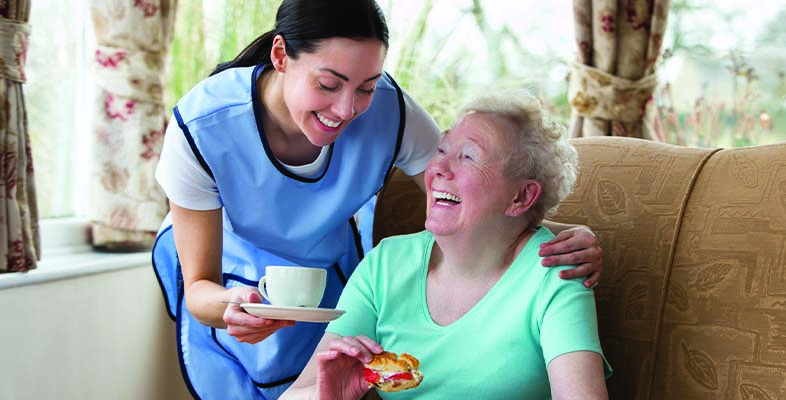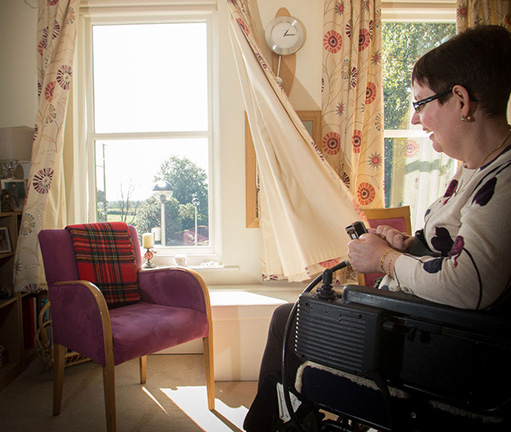2.2 People or technology?
Some disability charities, such as Sue Ryder [Tip: hold Ctrl and click a link to open it in a new tab. (Hide tip)] , offer ‘re-ablement’ programmes that aim to help people who live with degenerative conditions, such as multiple sclerosis, or who have had strokes. Programmes such as this offer practical help and assistance to meet the specific needs of each participant.
Organisations like Reablement UK also offer training and support to care staff, giving them the knowledge and skills to work with people to regain their self-care skills and become as independent as possible.
However, the majority of re-ablement in Wales is done through local authorities and health boards. This report may be of interest in this area:
Definitions of assistive technology
There is confusion and misunderstanding of the term ‘assistive technology’ at all levels – and this is not surprising. The technology is developing so fast that even the health professionals responsible for prescribing assistive technology will openly admit they are unaware of what is currently on the market.
However, there have been attempts to try to define assistive technology and what it can do. Here are two: the first is taken from the sales literature of RSLSteeper, a company that provides assistive technology equipment:
Assistive Technology is any device that helps a less able person do something that more able people can already do.
The second definition is from a user group consultation at the King’s Fund in 2001:
Assistive Technology (AT) is any product or service designed to enable independence for disabled and older people.
Although these definitions are accurate, they don’t really help to explain the vast array of technology out there, the different purposes of it or what it needs in order to work effectively.
What we do know is that assistive technology can have a huge positive impact on someone’s life, as you will see from the following case study.
Case study: Beverley Glover
Beverley Glover is a great fan of assistive technology. She uses her device to open her doors, windows, curtains, raise and lower her bed, control her TV, DVD and fan, make calls to her daughters and, at Christmas, uses her lamp control to switch on her Christmas tree lights!
She also uses a communication device when she is out and about, which helps people to understand her.
Bev bought her equipment independently, but she was assessed by a specialist regional service in the north west who now provide her equipment, maintain it for her and add on bits of electrical equipment when she needs it – all for free.

